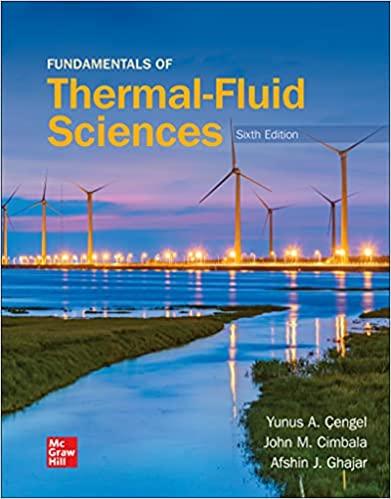the question is 2

hi , please solve all the aspect of the question below the given materials in the first pic and the queation in the second please solve all the aspect dont repost answers here thank you so much Description of the process: Methyl Ethyl Ketene Methyl Ethyl Ketone (MEK) is manufactured by the dehydrogenation of 2-butanol. A simplified description of the process listing the various units used is given below: - A reactor in which the butanol is dehydrated to produce MEK and hydrogen, according to the reaction: CH3CH3CH3CHOHCH1CH3CH3CO+H2 - A cooler-condenser, in which the reactor off-gases are cooled and most of the MEK and unreacted alcohol are condensed. 84 persent of the MEK entering the unit is condensed, together with 92 percent alcohol. Hydrogen is non-condensable. The condensate is fed forward to the final purification column. - An absomption column, in which the uncondensed MEK and uncondensed alcohol are absorbed in water. Around 98 percent of MEK and alcohol is absorbed in this unit, giving a 10 percent wiw solution of MEK. The vent stream from the absorber, containing mainly. hydrogen, is sent to a flare stack. - An extraction column, in which the MEK and alcohol in the solution from the absorber are extracted into trichloevethylene (TCE). The extract, which contains around 20 per cent w/w MEK, and a small amount of butanol and water, is fed to a distillation column. - A distillation column, which scparates the MEK and alcohol from the solvent TCE. - A second distillation column, which produces a pure MEK prodoct from the crude product and from the first column. The residue from this column, which contains the bulk of the uneacted 2-butanol, is recyeled to the reactor. 2. Find NFPA 704 ratings of all chemicals used in the process. Based on the code ratings answer the questions below: (10 points) Is there any corrosion risk? What is your suggestion to prevent it? Discuss it. Is there any fire hazard risk? If yes, what is the action that needs to be taken. Discuss it. Is there any reactivity (instability) risk? If yes, what is the action that needs to be taken. Discuss it. Is there any health risk? If yes, what is the action that needs to be taken. Discuss it









